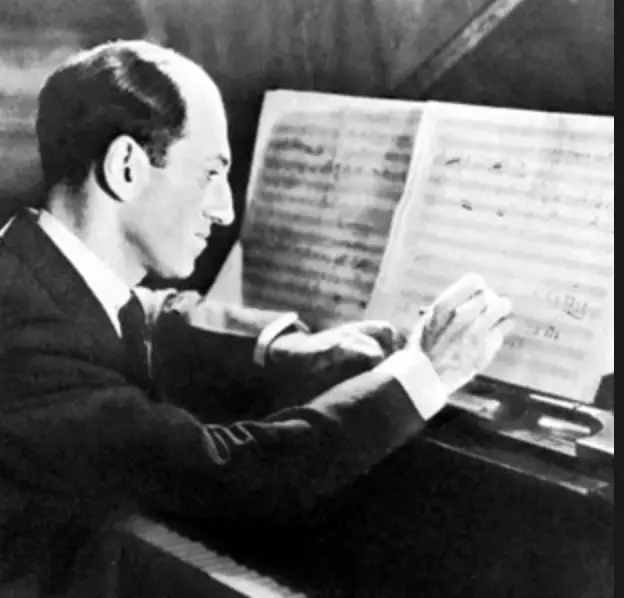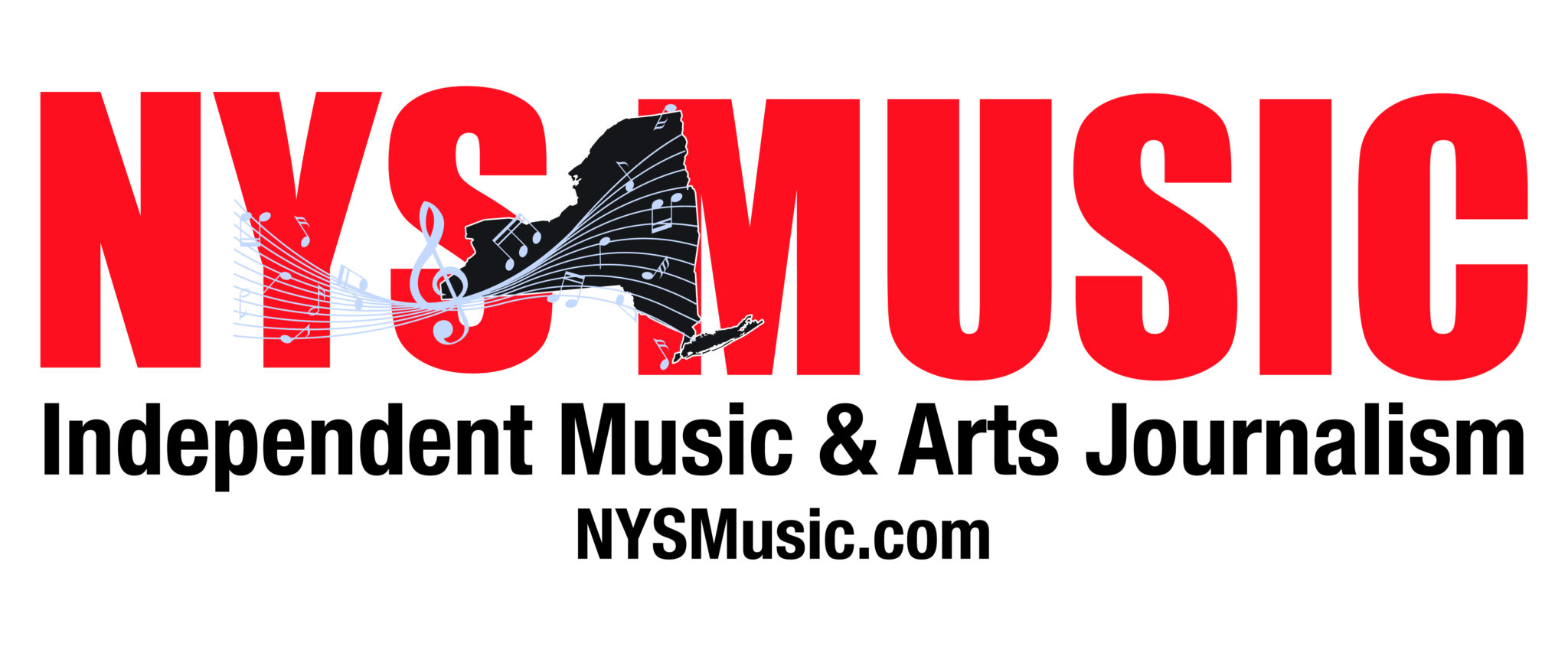Even if they can’t name the tune, most people will recognize the iconic clarinet intro of the famed composition, “Rhapsody in Blue,” by George Gershwin. That song, now a timeless masterpiece, made its debut 100 years ago on February 14, 1924. The origins of the song are as wild a ride as the composition itself; and almost all of it traces back to the influence of New York City.

It was in Brooklyn, New York, that George Gershwin was born in the late 1800s, as Jacob Gershwin, a son of Russian Jewish Immigrants. From an early age he exhibited fantastic musical abilities on the piano and was tutored by the notable Charles Hambitzer, who saw greatness in Gershwin.
At age 15, Gershwin dropped out of school and began playing piano in various nightclubs around New York City. It was in Tin Pan Alley that Gershwin worked as a song-plugger and honed his craft. And it was on Broadway that Gershwin worked as pianist for rehearsals and performances of theater productions. Both experiences stirred Gershwin’s penchant for jazz and popular music. In 1916, he released his first published song “When You Want ’Em You Can’t Get ’Em (When You’ve Got ’Em You Don’t Want ’Em)”
In the following years, Gershwin’s work was commissioned by broadway composers and performed by popular singers and entertainers. His song “Swanee” (1919) was performed Al Jolson in the musical Sinbad and went on to sell more than two million recordings and a million copies of sheet music.
The start of Rhapsody in Blue began in the years 1920-1924. Gershwin, composed for an annual production put on by musician Paul White. In 1922, Gershwin pushed to have a one-act opera titled “Blue Monday.” The reception was lackluster in a time period where Jazz was not accepted by the mainstream. Still, the bandleader Paul Whiteman, (who like Gershwin, wanted to see jazz gain respectability) later decided to commission Gershwin to write a jazz piece for a concert in 1923.
As the story goes, Gershwin completely forgot about the show until he read about it in the paper, only a few weeks before the concert date. It was in this mad scramble that he created the faed, “Rhapsody in Blue.” Once again, the soundscape of New York would have its hands in this composition.
Gershwin later recalled that it was on a train from New York to Boston that he was hit with the inspiration for the song.
“It was on a train…that I suddenly heard–and even saw on paper–the complete construction of the Rhapsody in Blue, from beginning to end. I heard it as a sort of musical kaleidoscope of America–of our vast melting pot, of our unduplicated national pep, of our metropolitan madness. By the time I reached Boston, I had a definite plot of the piece, as distinguished from its actual substance.”
When the piece made its debut it was slightly different from what would appear in the published recording which came after the fact . While the band’s parts were ready in time for the show, Gershwin reportedly improvised much of the piano solo which existed only in his mind. The show was performed at the Aeolian Hall in New York City on February 14th, 1924. Composer Ferde Grofé completed a score for piano and full symphony orchestra in 1926.
In later years, Gershwin would go on to compose hits such as “Embraceable You” and the Broadway adaptation of Porgy and Bess. Gershwin died in 1937 while undergoing surgery to remove a brain tumor. While he was only 38, Gershwin made an indelible impact on jazz compositions and music as a whole.
In a final nod to the big apple, “Rhapsody in Blue” reached new heights when Woody Allen introduced the composition to a new generation in his 1979 film titled Manhattan – 42 years after Gershwin’s death.


Comments are closed.